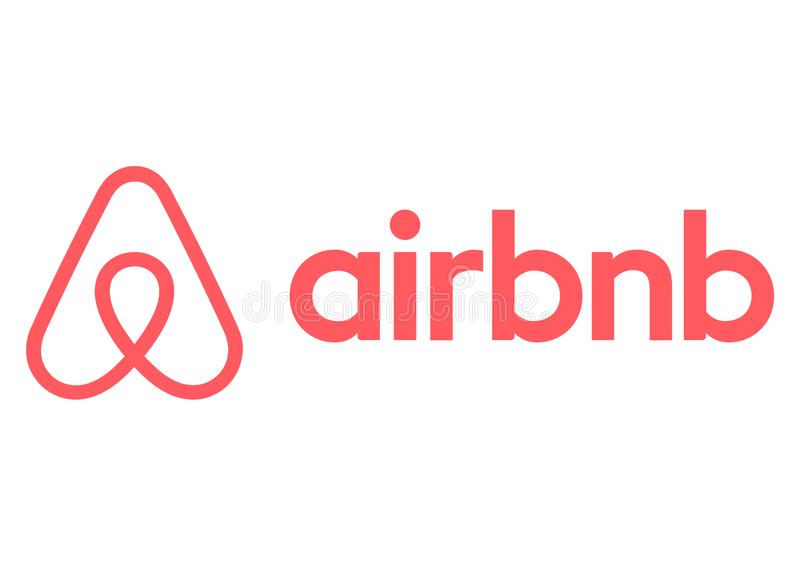Inteligencia Artificial
La Red de Clientes tiene un impacto en un producto o servicio cuando el valor para el mercado aumenta en proporción al uso y al número de usuarios. Este factor permite diferenciarse de la competencia.
Por ejemplo, el teléfono no era muy útil cuando solo unas pocas personas disponían de él. Sin embargo, cuanta más gente adquiría teléfonos, más útil resultaba. Una vez que prácticamente todo el mundo tenía un teléfono en su casa, pasó a ser indispensable.
La misma lógica ha impulsado el crecimiento de las redes sociales, por ejemplo, que son más atractivas si casi todos los amigos, compañeros, personas afines, etcétera de una persona están en ellas, e inútiles si no lo están.

Debido a que el impacto de la Red de Clientes disponible facilita que un producto se expanda de forma rápida, se acompaña con la creación de fortalezas comerciales importantes para la empresa. Un producto con fuertes presencia entre los clientes es un competidor difícil, aunque no imposible si el proyecto de la nueva competencia entiende y aprovechas las necesidades de los clientes (la caída de MySpace ante Facebook es un ejemplo).
Una vez que la empresa tiene un impacto relevante en su red de clientes, pueden crearse nuevos mercadosalrededor de las empresas y los clientes, en función de como los acepten en el mercado.
Efectos de la Red de Clientes
Una empresa obtiene una ventaja competitiva permanente en el tiempo al reunir a clientes y proveedores alrededor de sus productos o servicios.
En una situación óptima, la agregación de la oferta y la demanda de un bien o servicio determinado crea un ciclo de crecimiento que se refuerza a sí mismo. A medida que nuevos competidores aparecen en el mercado se unen al mercado, los clientes descubren que en el que se encuentran actualmente ofrece un servicio más eficiente y con menor coste.
A medida que más clientes se sienten atraídos por el mercado por su calidad o mejor relación precio/servicio , se reunen más proveedores, lo que supone un crecimiento exponencial.
Un ejemplo que todo el mundo reconoce en el mercado es el de Amazon.com. Aprovechando los efectos de la red creada en el mercado, Amazon pudo reducir los precios, expandir el inventario y disminuir los tiempos de envío, pasando de una pequeña librería online al comercio electrónico global.
Efectos de la Red de Datos
Al recopilar datos del usuario y hacer que esos datos, usados de forma correcta, sean más valiosos, la empresa obtiene un gran ventaja competitiva.
Cuantos más clientes se incorporen a la red y añadan sus datos al entorno de datos global, más útilidad y más versatil es dicho repositorio. Pueden usarse esos datos tanto para conocer el mercado y atraer a nuevos clientes, como para crear mejores algoritmos para ofrecer un mejor producto.
Google, por ejemplo, construyó su ventaja competitiva en sus algoritmos de búsqueda y luego construyó un repositorio de uso por parte de los clientes aplicando esa ventaja a su capacidad publicitaria.
Efectos de la Plataforma
Por plataforma no se entiende sólo la tecnología, sino también las operaciones, modelo, procesos de clientes, etcétera. La plataforma de una empresa es una ventaja competitiva sólida al mantener a sus clientes comprometidos con su ecosistema de productos.
La clave de una plataforma generalmente se basa en un producto, por ejemplo, el iPhone o Windows, que se convierte en parte fundamental de la vida o el trabajo de un usuario. Los nuevos productos que se lanzan, como la App Store o Microsoft Office, refuerzan el valor inicial del producto principal y le dan más valor.
Cada nuevo producto de éxito hace que permanecer en el ecosistema sea más valioso, aumenta el coste del posible cambio y mantiene la atención y el dinero de los clientes dentro de la plataforma.
Permanencia
Estas tres técnicas (agregar proveedores y clientes, recopilar datos y crear una plafaforma con ecosistema de productos) no siempre darán como resultado un valor clave de la empresa. La historia está llena de empresas, digitales o no, que han construido ventajas temporales basadas en la red de clientes que al cabo de un tiempo, fracasaron.
Los valores clave se basan en ventajas competitivas duraderas y esto depende varios factores.
- Adquisición de usuarios: si el coste de adquirir nuevos usuarios, clientes o proveedores disminuye al crecer.
- Costes de cambio: si es costoso en cuanto a esfuerzo, molestias o precio para los clientes cambiar a otra empresa con el mismo servicio.
- Compromiso: si el producto se vuelve más vinculante y atractivo a medida que el cliente lo usa o consume.
Cuanto mejor sea el producto optimizar el coste de adquisición de usuarios, capitalizar los altos costes de cambio y aumentar el compromiso, implica que sea más factible mantener la base de clientes y protegerse de los competidores.
MARKETPLACE: AMAZON
La ventaja comercial central de Amazon proviene de la agregación proveedores y clientes. Los precios más bajos atraen a más clientes, más clientes atraen a más vendedores, etc. Con el tiempo, Amazon ha añadido nuevas funciones, verticales minoristas y mercados para aumentar la participación de los usuarios y fomentar el crecimiento.

MARKETPLACE: OPENTABLE
El dominio de OpenTable en el mercado de las reservas de restauración online se basó en su capacidad de atraer una masa crítica de restaurantes y comensales a su plataforma. Aunque se ha comentado que los servicios no son útiles hasta que haya muchos clientes, OpenTable comenzó construyendo y vendiendo un software que generaba valor para los restaurantes incluso sin clientes registrados.

MARKETPLACE: UBER
Uber se inició atrayendo a conductores independientes (la oferta) a su plataforma ofreciéndoles una fuente garantizada de clientes. Al mismo tiempo, Uber buscó a los clientes (demanda) al proporcionarles un conductor garantizado. Uniendo estos dos extremos del mercado crearon un círculo virtuoso de crecimiento.

MARKETPLACE: AIRBNB
Airbnb aprovecha el poder de los efectos de la red alvreunir a millones de propietarios y viajeros. Cada nuevo invitado proporciona negocio al propietario y provoca que más propietarios se agreguen a la red. Y a medida que más oferta se añade, se mejora el valor del sistema al proporcionar a los viajeros más opciones para elegir y lugares a visitar.

DATOS: GOOGLE
El gran repositorio de datos de Google comenzó con una única tecnología innovación: mejor búsqueda en la web. Con el tiempo, su dominio sobre la búsqueda y los datos recopilados a partir de las mismas le han permitido construir una poderosa ventaja competitiva en publicidad, transporte y compras.

PLATAFORMA: APPLE
El iPhone ha sido aclamado por su diseño y funcionalidad, el verdadero pero el éxito no ha sido el teléfono sino el sistema operativo dentro de él y el ecosistema alrededor. La durabilidad y vinculación del ecosistema de Apple se reduce en gran medida a iOS y las formas en que incentiva usuarios para quedarse.

PLATAFORMA: FACEBOOK
Facebook es una de las empresas tecnológicas de más rápido crecimiento, en gran parte debido al poder de la red que ha podido construir. Cuantos más amigos tenga un usuario en Facebook, más valor tendrá el usuario. Involucrandolos cada vez más en actividades sociales, Facebook también redujo la probabilidad de abandono la plataforma después de inscribirse.

PLATAFORMA: TESLA
Tesla ha construido un ecosistema complejo de productos que refuerzan su valor. Los vehículos eléctricos están en su núcleo. Pero la empresa también dispone de software avanzado, ofrece sistemas de alimentación para diferentes propósitos en todo el mundo y vende productos complementarios como almacenamiento de energía en el hogar y techos solares. La plataforma se ve reforzada por la marca personal de Elon Musk y la participación con otras empresas de alta tecnología como SpaceX.


